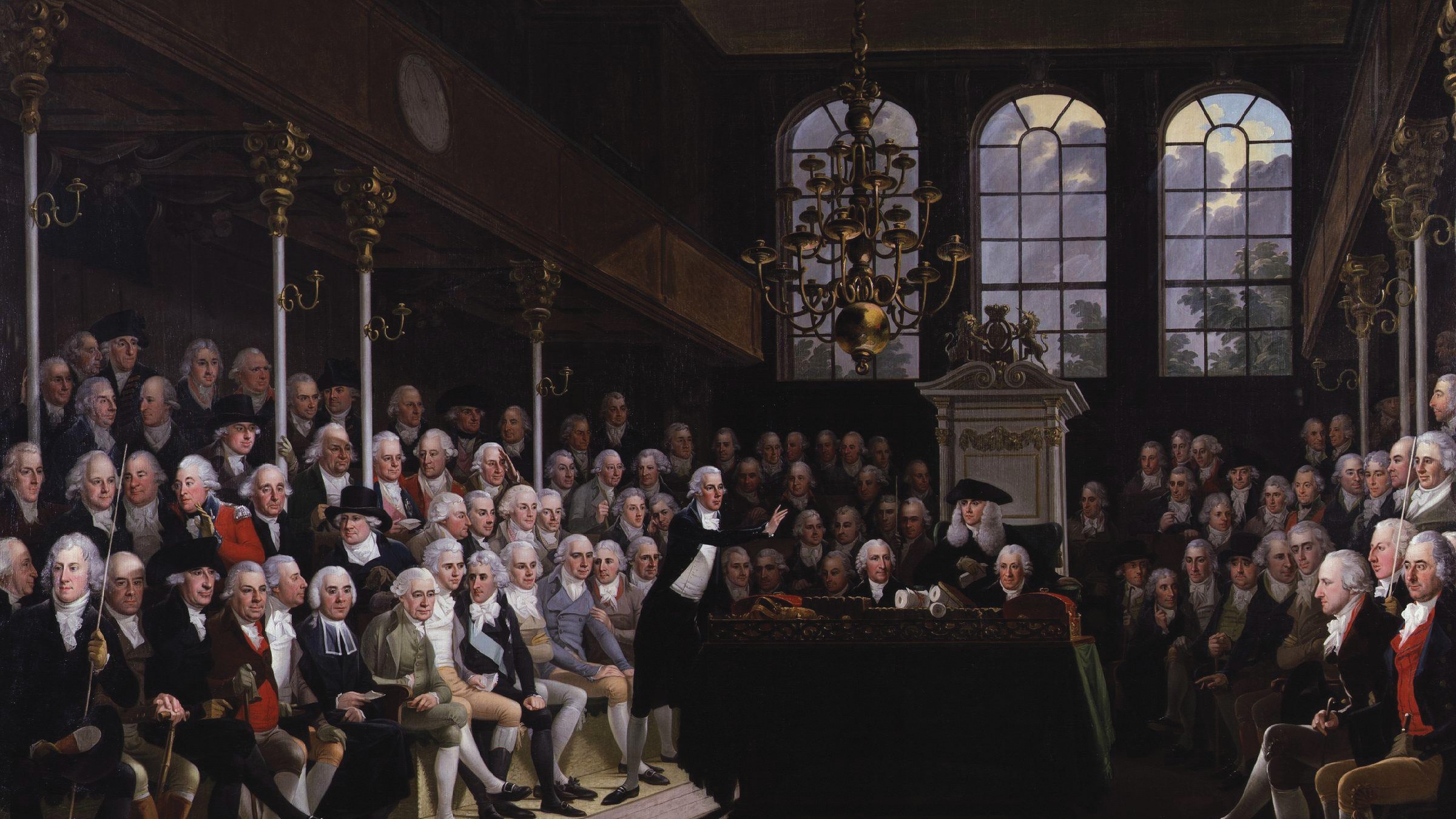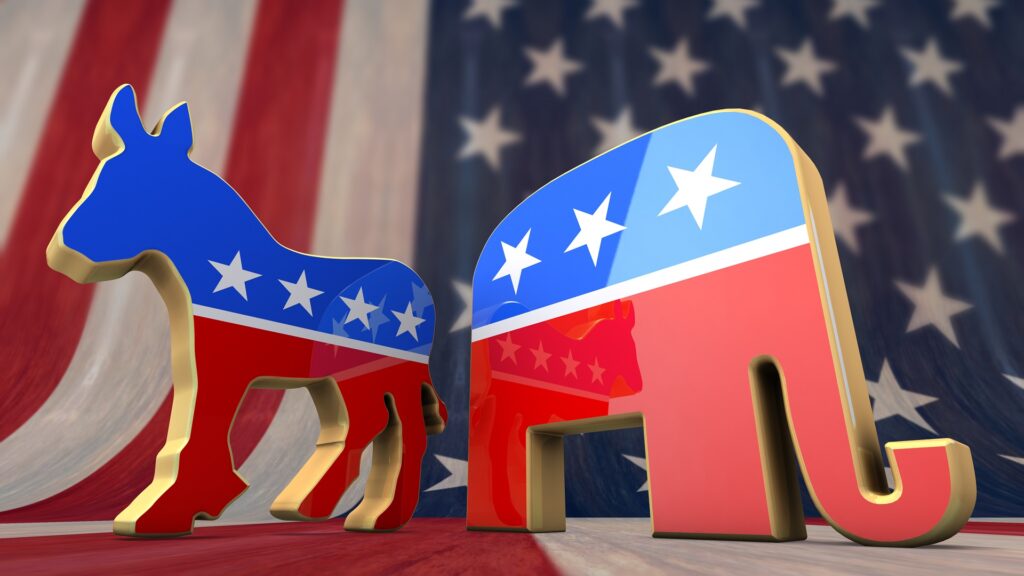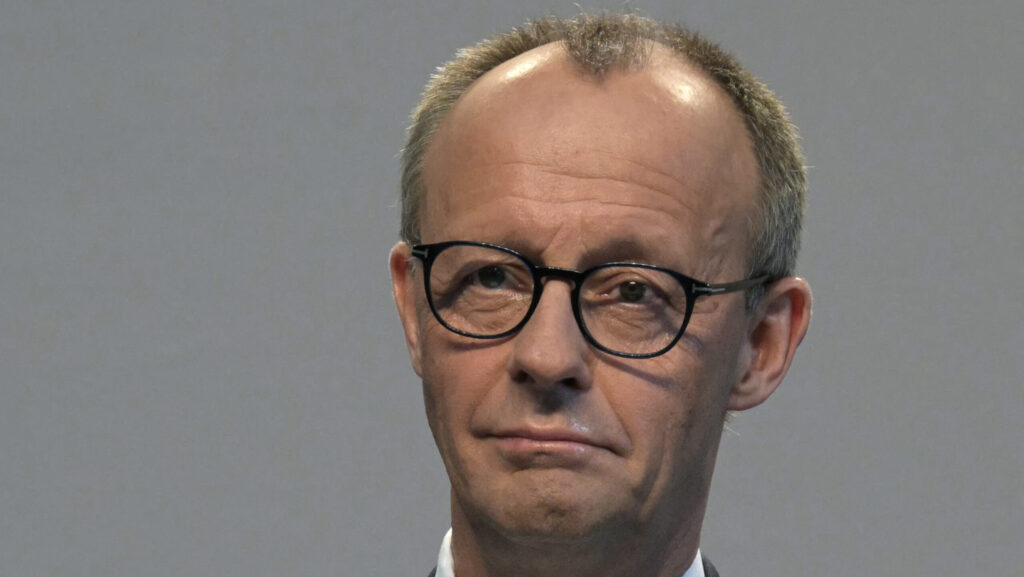This article was published in Vol. 4 No. 3 of our print edition.
The British election on 4 July dealt a shattering defeat to the Conservative Party, the main party of the right in Britain, and the governing party for the last fourteen years. It was the worst defeat for over a century. The party was left with 121 seats out of the 650 in the House of Commons. The opposition Labour Party got 411, a majority of over 170. Labour has a free hand for the next five years, and we Conservatives have a long time to lick our wounds, work out what went wrong—and then decide what we do next.
Why Did We Lose?
The simple answer is that the Conservative Party lost over half its votes from the last election, in 2019, when it won a big majority under then Prime Minister Boris Johnson. In 2019, we got 14 million votes; in 2024, 6.8 million.
As always, the bigger picture is more complicated. This was an election lost by the Conservatives more than won by Labour. The Labour Party actually got slightly fewer votes than in 2019, when they lost badly, and an only slightly higher share of the vote. The crucial difference was that this time around the vote on the right was divided. In many seats that allowed Labour or another leftist party to come through the middle and win.
However, we cannot take comfort from this. The country still shifted to the left. In 2019, broadly left-of-centre parties got 52 per cent of the vote; the right—overwhelmingly the Conservative Party—got 48 per cent. In the British system that was enough to give the Conservatives a majority of 80 seats. This time, the left got 60 per cent and the right got just 40 per cent. There genuinely was a mood swing. Labour won fair and square, and decisively, under the rules of our system. The Conservative Party must ask itself honestly what went wrong.
Post-election polling suggests that we lost because people saw us as out of touch and incompetent. We did not deliver what people wanted, so unsurprisingly they kicked us out. Once again, some Party figures are using this to argue that the philosophy and the political offer did not matter: we just have to get better at delivery, stop arguing with ourselves, talk to people more, and then we will win again.
This, of course, misses the point entirely. It is as if someone who does not know much about football watches the England national team lose and says naively ‘why can’t they just play better? If they played better, they’d win’. At one level that is correct, but of course the real problem is more profound. Those who know about football will look more deeply. The bad performance is the result of many more fundamental things going wrong: poor training, poor ball skills, a failure to anticipate the other team’s tactics, and much more.
So it is in elections. We have to ask why we could not deliver, not content ourselves with saying we must deliver better. Of course, delivery is difficult and requires committed ministers and a clear plan, which generally we did not have. But why was that the case? Yes, we were arguing with each other rather than governing, but why? The truth is that the causes of the Conservative Party’s defeat are many and deep-rooted. Some have been festering for a long time; some stem from the way we ran the election campaign. Most were not addressed, and they came together to produce disaster.
Eight Structural Reasons for the Election Loss
When any election is called, the ground is set by the events of the years before it. Perceptions are hard to shake and structural disadvantages are hard to change. And there were many such problems.
1. ‘Time for a change.’ It is always difficult to keep winning. After fourteen years, voters were tired of us. There may have been five Conservative prime ministers, but many of the ministers were there throughout. The faces and arguments were familiar. Moreover, across Europe, governments in charge during the pandemic period have tended to lose power. All in all, the ‘time for a change’ argument was strong.
2. Brexit. Not the fact of it, but what followed. Boris Johnson and I got huge credit for cutting through the mess left us by the Theresa May government and getting us out of the EU, and then for delivering the free trade agreement that everyone said was impossible. But then things started to go wrong. The government got bogged down in the Northern Ireland issue, and rather than tackling it robustly so that the British government got full control over the whole country again, instead reconciled itself broadly to the status quo in the 2023 Windsor Framework agreement. Domestic reform began but was slow and halting. And under Rishi Sunak the government essentially gave up on defending Brexit, largely refusing to talk about it and seemingly regarding it as another natural disaster like the COVID pandemic. So it got established in many voters’ minds that somehow Brexit was ‘failing’, even though—to take just one example—our growth record has been better than France’s and Germany’s since we left the EU economic area.
What the Sunak government never seemed to realize was that the Conservative Party was, and is, the party of Brexit. If people thought Brexit was not working, they were going to take it out on them. And that is what they did.
3. Immigration. In most Conservative voters’ minds, this was the major failure of delivery. Having promised to get legal migration down, the government pushed it up dramatically. Nearly two million people, net, have come to live in the country in the last three years, and five million since we came to power. Rishi Sunak claimed to believe that people did not mind legal migration as long as they had control. He was wrong. Conservative voters cared very much about the actual numbers. Their anger was further fuelled by the seeming inability to get a grip on illegal migration across the Channel. Having devised a scheme to deport illegal arrivals to Rwanda, the government both failed to take the powers needed to deliver it properly, including overriding the European Court of Human Rights (ECHR), and got hopelessly bogged down in warfare within Parliament and with the courts in a way reminiscent of the Brexit years. The election was called before a single person had been deported to Rwanda. There was no record to defend.
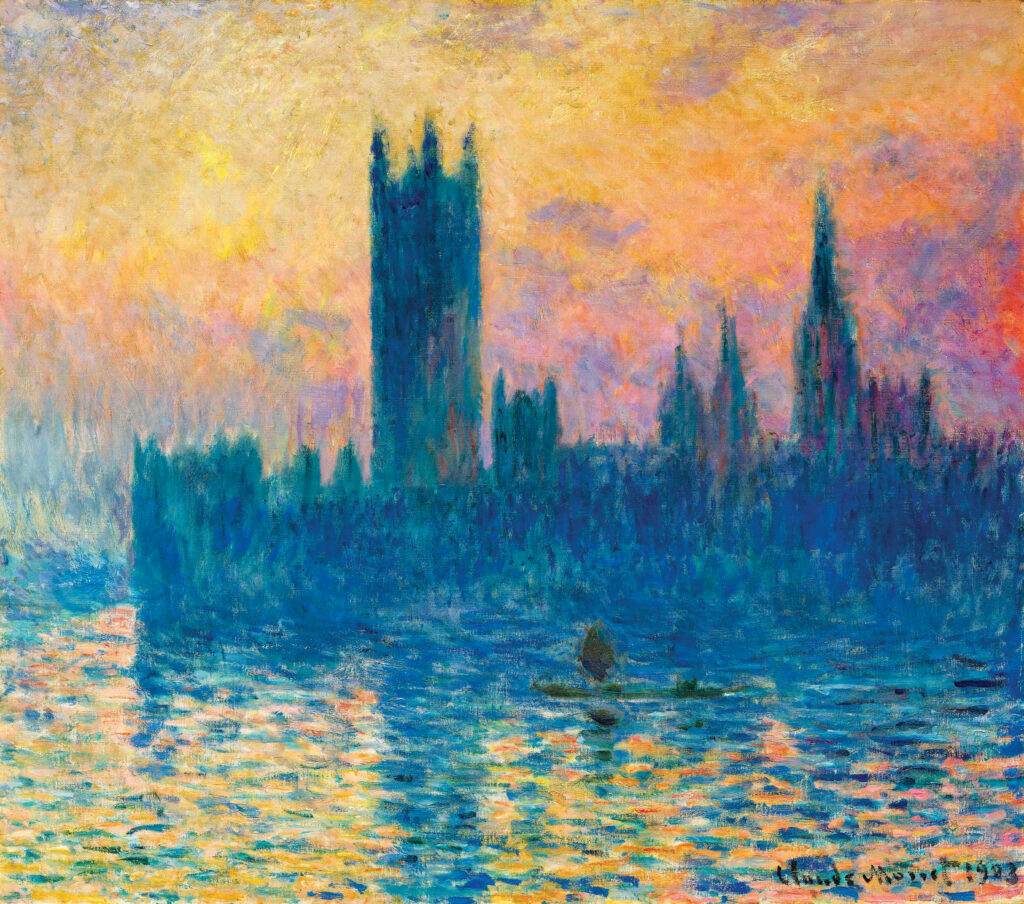
4. Leadership turmoil. The year of three prime ministers, 2022, left a lasting legacy. Boris Johnson was dumped for reasons which seemed to many Conservatives at the time vindictive and in retrospect irrelevant. But probably even more damaging was the Liz Truss interlude. The Conservative Party simply lost its nerve faced with manageable market turbulence following an admittedly poorly handled attempt to introduce much-needed market reforms, and dumped her too. Rishi Sunak then essentially campaigned against the Liz Truss moment, claiming to represent stability and competence. But what voters actually heard was that Sunak himself seemed to be admitting that his own party had produced an economic near disaster. So they did not reward Sunak for, supposedly, sweeping up the mess; they said ‘you are all responsible’ and kicked out the party instead.
5. Weak political strategy. In 2019, Boris Johnson won over areas of Northern England in particular that had not been Conservative for thirty years. He did so by appealing to voters there who were socially, economically, and culturally conservative, but not politically Conservative because of the long shadow of de-industrialization under Margaret Thatcher. Brexit and the unattractive prospect of a near-Communist Labour leader, Jeremy Corbyn, finally brought them back. The Johnson government recognized the political need to respond to this coalition, highlighting it with its ‘levelling up’ slogan, but it and its successors drew the wrong strategic conclusion. They thought that because they had lots of ex-Labour voters, they needed lots of ex-Labour policies to keep them happy. This set the party on a route to high taxation and spending, high energy prices through Net Zero, and collectivism and control, which was exactly what Conservative voters, new or old, north and south, did not want. And, as the disaffection of these voters became clearer, the party fell back on a strategy of focus on its absolute core vote—elderly, asset-rich voters in parts of southern England—by spending on pensions and by blocking housing and infrastructure building. It is not even clear how many such voters we held onto in the end, but we certainly alienated everyone else. Voters had to be in their early seventies before they were more likely to vote Conservative than Labour. There just were not, and never will be, enough such voters to win elections.
6. Unclear political offer. As a result of all these pressures, the party’s ideology and philosophy became blurred. Modernization of the party and its candidates over the previous twenty years produced too many members of Parliament with uncertain conservative convictions in the eyes of many Conservative voters. The party now has a social liberal fringe sympathetic to the more extreme elements of Woke ideology, and quasi-social democrat proponents of an industrial strategy and an ‘active state’. Social conservatives and strong proponents of free markets are no longer in the majority. There is now no political opinion, however doubtfully conservative, you cannot find some support for in the Conservative Party: trans rights for children, a smoking ban, rent controls and tenants’ rights, and more. Perhaps the nadir was reached just before the election when it was made a new criminal offence to ‘abduct a cat’ on the street. It was impossible to explain what the party stood for and what a Conservative Britain would look like. So people turned away.
‘Labour has a free hand for the next five years, and we Conservatives have a long time to lick our wounds’
7. The collapse of the Scottish National Party (SNP). Paradoxically, this major Sunak achievement harmed the Conservative Party politically. Following the Scottish independence referendum in 2014, most of the 59 seats in Scotland switched from Labour to the SNP, making it more difficult for Labour to get enough seats to win a majority. But in 2023, the government detonated a bomb under the SNP by overruling a proposal for a radical law on trans rights, deeply unpopular among Scottish voters if not politicians. The SNP leader, Nicola Sturgeon, stood down, and almost immediately became engulfed in a series of apparent party financing scandals for which her husband (the official head of the SNP) is facing charges. Her successor proved incompetent and was booted out in a matter of months. All this broke the spell. The SNP vote collapsed. From 48 seats in 2019, they got 9 in 2024, the rest overwhelmingly going back to Labour.
This is certainly good for the United Kingdom: a further Scottish independence referendum looks further away than ever, and all the campaigners who argued that Brexit would mean an independent Scotland have been proved wrong, as they were on so much else. But it was bad for the Conservative Party. It suddenly became much easier for Labour to get enough seats to win a majority again.
8. The existence of an alternative. These structural problems would certainly have been damaging to the Conservative Party in almost any circumstances. What turbo-charged them into catastrophe was the gradual emergence of an alternative for Conservative voters: the new Reform Party under Nigel Farage.
The Reform Party is the spiritual and political successor of the UK Independence Party, which forced the Brexit referendum on David Cameron, and the Brexit Party, which helped destroy the Theresa May government. Both were led by Farage. After Brexit, Farage seemed to have withdrawn from active politics, but he continued to preside over the Reform Party, which started to go up in the polls from autumn 2023, starting the process of chipping away at an already weak Conservative vote.
The Short Run: The Campaign Failings
Given all this, when the election was called in late May, the Conservative Party was already in a weak strategic position. It was polling at around 26 per cent of the vote, already its worst ever share at a national level. Many of its supporters were disaffected. As for its opponents, I can personally testify to the intense dislike for the party across large parts of the country. Many voters were clearly intent on voting for whichever party seemed most likely to get rid of it. In these circumstances, the Labour opposition only had to avoid doing anything stupid to win a famous victory.
So a serious defeat was already inevitable at the beginning of the campaign. I and some colleagues had been warning of this from the start of the year, urging a change of strategy and, if necessary, of leader. I doubt defeat could have been avoided, but it might have been possible to bring back at least some voters with a more clearly conservative policy offer: more determination on immigration, including a clear promise to override or leave the ECHR, and policy moves on taxation and Net Zero. But it never happened.
Despite all this, a well-run campaign could have mitigated the disaster. It might have meant an extra 30 or 40 Conservative seats. Instead, the Conservatives ran probably the worst election campaign anyone can remember, with their voting share actually falling during it, even though Labour’s did too.
Almost everything that could have been got wrong was got wrong. The new policies launched during the election had little appeal, and the most prominent, a plan to bring back compulsory national service, seemed calculated to repel non-conservatives. A prolonged row about candidate selection left loyal voters disaffected at seeing social liberals and friends of the leadership shoehorned in ahead of dedicated conservatives. (One such candidate, Rishi Sunak’s deputy chief of staff, subsequently lost a seat that had been Conservative since 1880.) And there was a series of unforced symbolic mistakes: a bedraggled Rishi Sunak launching the campaign in the pouring rain, barely audible over protesters; a photo-op at the Titanic shipyard in Belfast; and, worst of all, Sunak’s decision to leave the D-Day commemorations in France early to do a TV interview, a decision which horrified many traditional conservative voters and for which he had to apologize.
All this reinforced the impression that the Conservatives were a party that had lost their way. It certainly seems to have had this effect on Nigel Farage, who, having decided initially not to get involved in the campaign, changed his mind a week in and took over formally as leader of the Reform Party. His campaign galvanized many disaffected Conservatives and produced the few moments of excitement and energy of the entire campaign. From an assumption that Reform would win few votes and no seats, he took the party to 15 per cent in the polls and five seats, a huge achievement in the British electoral system. Most of these voters were former Conservatives. Many other disaffected Conservatives refused to come out and support it.
There was no way that the Conservative Party could survive this three-way split in its vote. Of its 14 million 2019 voters, perhaps 3 million went to Reform and a further 2 to 3 million did not vote. Perhaps 2 million voted Labour or another leftist party. Hence the disaster. Indeed, the prospects looked so grim on election night that many Conservatives were relieved to emerge with as many as 121 seats.
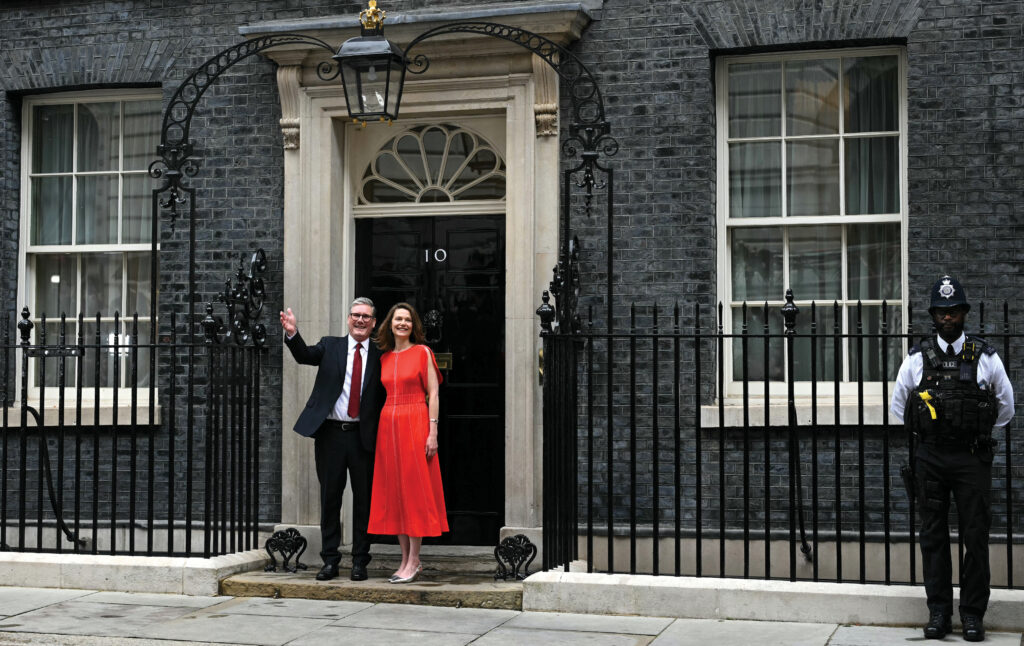
What Now?
The Conservative Party, the supreme election-winning machine among right-wing parties across the whole of the West, the most successful political party of the last two hundred years, is broken and in shock. Many of its former MPs simply did not expect this defeat and have not yet come to terms with it. The party has little money, few foot soldiers, and, for another few months, no leadership. Worst of all, there is no agreement on what went wrong.
This writer’s diagnosis is that—as evidenced by the foregoing—there were many headwinds and many strategic misjudgements. These were always going to make re-election challenging. But the most serious error, and the one which simply must be corrected before another election is fought, was to allow a serious competitor party on the right. The British system is essentially a two-party system. If there is serious party division within the right (or the left) of the political spectrum, it is very difficult to win elections.
The Reform Party was able to rise because the Conservative Party vacated mainstream conservative territory—national independence, strong borders, control of taxation and spending, social conservatism—in favour of government-knows-best collectivism, effectively open borders, a high-cost Net Zero policy that drove up energy bills, tax rises, and a persistent flirtation with Woke social liberalism. Incredibly, there are many party figures arguing for more of this. Yet if you want those policies, you are much more likely to vote for a left-wing party in the first place. If the Conservative Party tries to deliver them too, all it does is leave a gaping hole to its right. In those circumstances, only brand loyalty and traditional instincts keep many conservatives voting for the Conservative Party. What this election showed is that such loyalties are waning fast.
A minimum condition for future viability is therefore that the split on the right is ended. That can only be done if the Conservative Party becomes properly conservative again and woos back conservative voters from Reform, either by merging with it, cooperating with it, or removing its raison d’etre. That is a necessary condition for winning next time round. Of course, it may well not be sufficient: there is a huge job to be done too in persuading centre-ground voters that conservative solutions are the right ones for the country and that the Conservative Party can be trusted to deliver them. That task may well be easier after five years of Labour government, as the Labour Party is already showing its leftist class war credentials, but it needs to start now.
The party needs rebuilding. It needs a clear philosophy with policies that voters can see are capable of solving the country’s problems. And it needs a leader, and a leadership team, who can credibly represent conservatism and properly articulate it. We are a long way from that at the moment. But the Conservative Party is the great survivor. True, it has perhaps never been as close to death as it is now, but it has always shown great powers of recovery, and conservatives like me will not give up on it while recovery seems possible.

